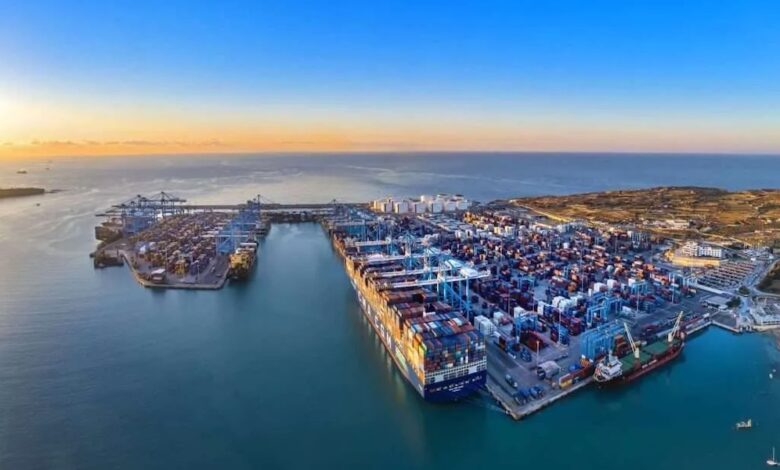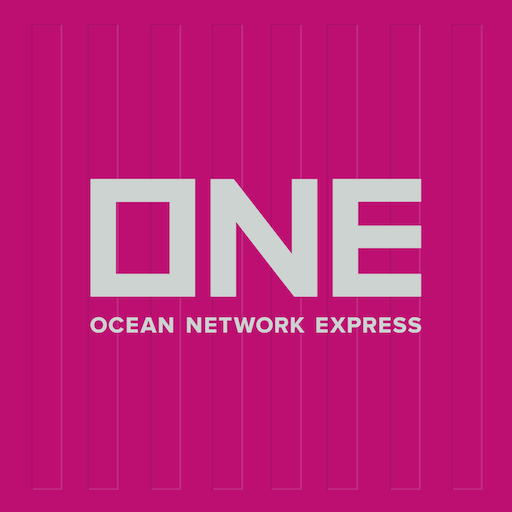Splash247: Interoperability is shipping’s new infrastructure
Wolfgang Lehmacher has a rallying call today to wire the waterfront.
Ports and carriers that wire for interoperability now will gain speed, reduce risk, and pull ahead as trade corridors transition fully to digital law, data, and trust. This is the hard-edged message from the International Chamber of Commerce’s Digital Standards Initiative July 2025 roadmap, which distils trade’s sprawl into 189 core data elements, 36 documents, and a “verify once, use many” trust stack for corridor-scale execution.
Why this matters at sea
The shift is operational: fewer rekeys, fewer exceptions, and a single semantic spine that TMS, WMS, port community systems, banks, and customs can all ingest, cutting dwell and dispute times while improving release predictability for yard and berth planners. For lines and terminals battling schedule volatility, shared, machine-readable fields across invoices, transport, and customs records turn status phone calls into verifiable events, enabling automated milestones to trigger finance and clearance without manual chase.
The legal green light
The law has caught up, and it is maritime-specific: the UK’s Electronic Trade Documents Act gives eBLs and other negotiables parity with paper if run on a “reliable system” that ensures singularity, integrity, and exclusive control, criteria now being codified in market assessments and registries to de-risk adoption for carriers and shippers. Protection and P&I practice are moving too, with IG Clubs frameworks and approvals expanding and BIMCO’s eBL standard providing bulk sector pathways, accelerating take-up across dry and wet trades.
Semantics is the engine room
ICC DSI’s Key Trade Documents and Data Elements work stitches existing standards rather than inventing another, providing crosswalks and implementation guides so port and carrier platforms can read the same fields from booking through settlement, compressing cycle times and shrinking exception queues. The headline numbers—189 elements across 36 documents—are less a statistic than a build sheet for vendors to wire data models that interoperate between ship, shore, bank, and border.
Trust without drag
Identity is the scaling trick: LEI and verifiable LEI plug into verifiable credentials, allowing platforms to authenticate counterparties and artefacts once and reuse proofs across networks, thereby turning zero trust into throughput, not friction. Conformance and reliability assessments then certify that the e-transferable records are handled with singularity and integrity, allowing onboarding by reference to recognised tests rather than bespoke legal opinions each time.
Carrier and port playbook
- Embed LEI/vLEI into onboarding, bookings, and document workflows so counterparties and data can be trusted across partners and corridors without repetitive KYC loops.
- Demand KTDDE-aligned data models from TOS, PCS, and finance integrations; make mappings part of RFPs and run pilots that verify “read once, reuse everywhere” across terminal, customs, and bank touchpoints.
- Certify “reliable systems” status for eBL and related instruments, leveraging IG Club guidance and emerging registries so ops, legal, and P&I are aligned before scaling lanes.
The competitive edge
First movers will set de facto data norms on key lanes, attracting cargo, capital, and fintech partners as SME finance follows verifiable logistics events rather than paper scans and email attestations. Agency-wide acceptance of structured data coupled with sandboxed live corridors is the fastest route to programmable borders, fewer holds, faster reconciliations, and cleaner audit trails for compliance and ESG reporting.
What to watch in 2025
We could see more carriers commit to timelines for eBL-only flows as approvals and legal certainty widen, with bulk and project cargo joining container in meaningful volumes by mid-decade. Standards alignment and identity issuance are scaling, and cross-industry coalitions are translating the roadmap into deployable assessments and guides, turning boutique pilots into corridor programmes that operations teams can actually run.
Bottom line
Shipping does not require another platform; it needs a shared language, a portable identity, and verifiable reliability that any platform can adopt. This is precisely what the ICC DSI playbook sets out with routes to interoperability and a clear trust model tied to LEI/vLEI. The call: wire it in now, because the next disruption should stress test a digital network, not expose a paper maze stretching from bridge to berth to back office.
Related Posts



